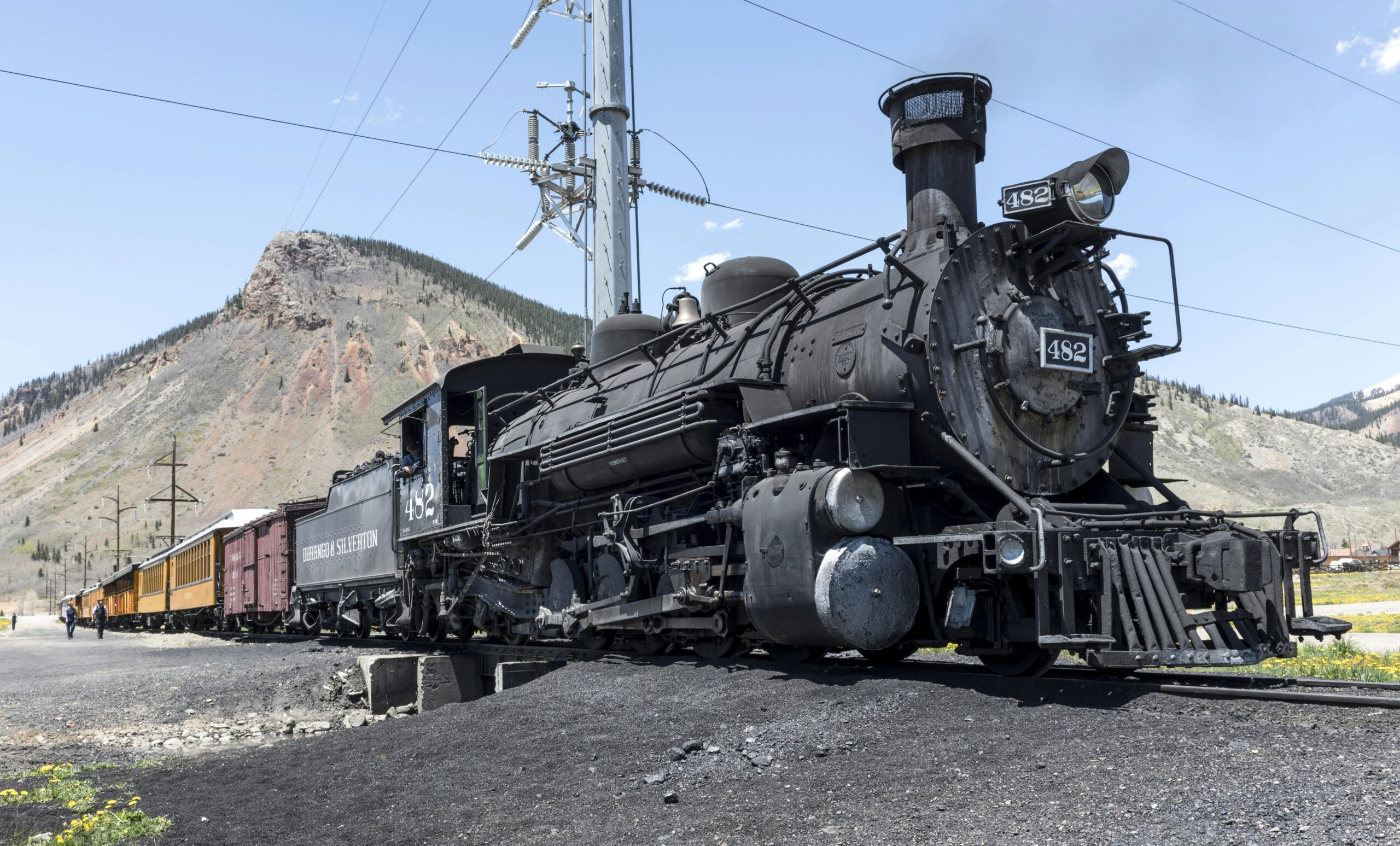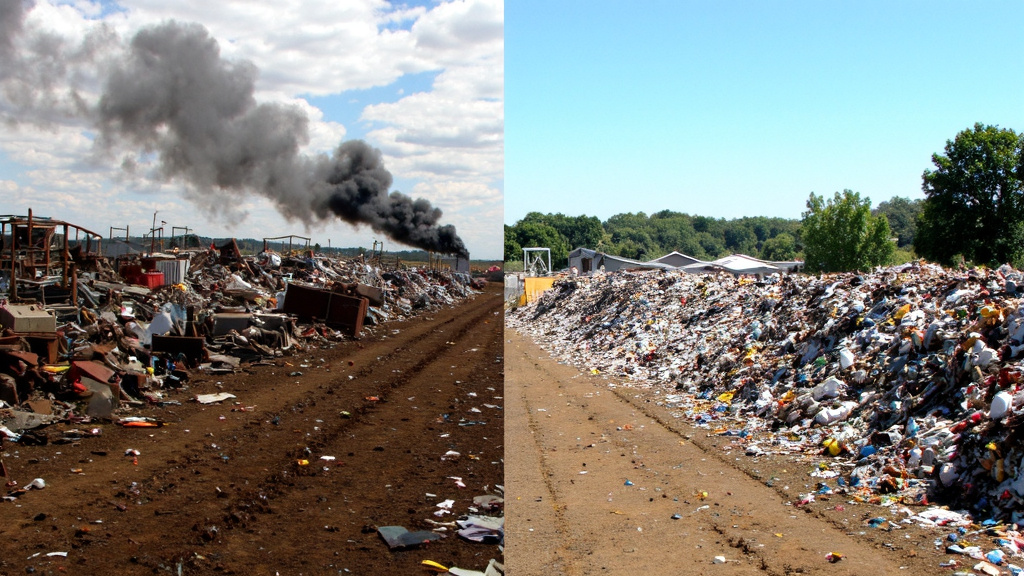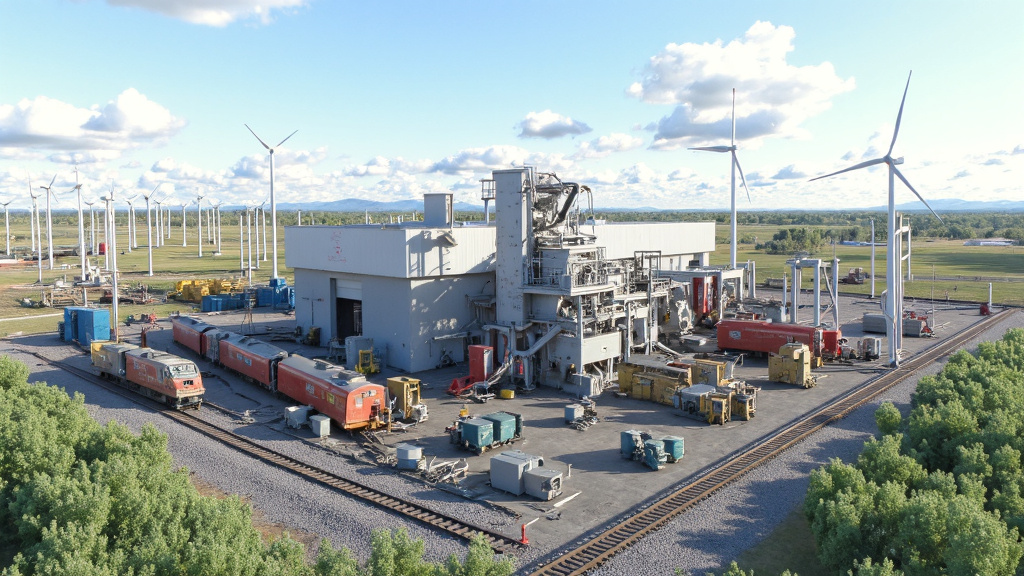5901 Botham Jean Blvd, Dallas, TX 75215
Exploring the Locomotive Dismantling and Recycling Process
May 7, 2025Did you know a single retired locomotive contains approximately 100 tons of steel, enough to build 70 automobiles? This fact highlights the significant recycling potential of these industrial giants.
Locomotive dismantling and recycling involve safely breaking down retired locomotives and railcars, refurbishing reusable parts, and recycling the remaining materials. Skilled technicians meticulously disassemble these massive machines component by component.
This sustainable practice allows companies to manage scrap as an asset, offsetting new equipment purchases and positively affecting cash flow. Rather than viewing decommissioned locomotives as waste, the industry now recognizes them as valuable material banks filled with recoverable resources.
What Are the Key Steps in the Locomotive Recycling Process?

The locomotive recycling process follows a structured approach designed to maximize material recovery while ensuring environmental compliance. This method extracts valuable materials from these massive machines while minimizing waste and environmental impact.
Pre-treatment Phase
The recycling journey begins with pre-treatment, a critical step for safety and environmental protection. During this phase, all potentially harmful substances are carefully removed from the locomotive.
Workers drain and collect all fluids, including oils, greases, brake fluids, and coolants, into separate containers. Fire extinguishers, batteries, catalytic capacitors, and brake sand are also removed to prevent harm to humans and the environment.
This phase prevents contamination of recyclable materials and ensures compliance with environmental regulations. No substances that could negatively impact the recycling process remain inside the vehicle after this stage.
Dismantling Process
The second stage involves the careful disassembly of reusable components and valuable parts. Skilled technicians identify and remove components that can be refurbished or directly reused in other locomotives.
Common parts extracted during dismantling include wheel sets, bogies, bogie frames, buffers, springs, couplings, doors, and brake systems. The technical condition of these components is assessed to determine whether they need repair or modernization.
Teams also remove windows, seats, floors, cables, electronic parts, and HVAC units for specialized recycling. This targeted approach yields higher quality recyclable materials than those recovered during later shredding stages.
Metals Separation
After pre-treatment and dismantling, the locomotive shell enters the shredding and metals separation phase. Industrial shredders reduce the remaining structure into small pieces to facilitate sorting.
Advanced sorting technologies separate these materials into two main categories. The Shredder Heavy Fraction (SHF) contains valuable ferrous metals like steel and iron as well as non-ferrous metals such as aluminum and copper. Magnetic separators and eddy current technology enable efficient sorting of these metal types.
This phase is particularly valuable as metals comprise the largest portion of a locomotive’s recyclable materials. The steel frame alone can contain enough material to build over 100 cars, making this phase economically significant.
Treatment of Non-metallic Residues
The final stage addresses the Shredder Light Fraction (SLF), which contains non-metallic residues like plastics, rubber, foam, residual metal pieces, paper, fabric, and glass. While historically challenging to recycle, newer technologies now allow for better recovery of these materials.
Specialized sorting processes fractionate these materials into smaller groups for further recycling. While not all SLF components are recyclable, studies indicate that up to 67% of these materials can be recovered rather than sent to landfills.
Companies implementing advanced separation technologies can significantly increase the total recyclability rate of locomotives. Leading rail manufacturers now design their locomotives with up to 97-98% recyclable materials.
The comprehensive locomotive recycling process not only recovers valuable materials but also significantly reduces the environmental impact of decommissioned equipment. For specialized industrial recyclers, mastering these steps creates substantial economic and ecological value.
What Are the Environmental Benefits of Locomotive Recycling?

Locomotive recycling represents a significant shift toward a circular economy. This approach transforms the traditional linear ‘take-make-dispose’ model into a regenerative system where materials retain their value across multiple lifecycles. For the rail industry, which relies heavily on metal-intensive equipment with service lives often exceeding 25 years, this circular approach is particularly important.
Resource conservation is one of the most compelling benefits of locomotive recycling. The average locomotive contains approximately 100 tons of steel—equivalent to the material needed for 70 cars. When these massive machines are recycled, the need for raw material extraction can be reduced by up to 90%, preserving natural resources for future generations.
The emissions reduction achieved through locomotive recycling is substantial. According to SNCF Group, recycling steel from old rolling stock can cut CO2 emissions by up to 58% compared to producing new steel from raw materials. This reduction helps the rail industry lower its carbon footprint while maintaining operational capacity.
Waste reduction is another crucial environmental benefit. Rather than sending decommissioned locomotives to landfills, recycling ensures that valuable materials are recovered and repurposed. This practice minimizes industrial waste and helps prevent potential soil and water contamination from improperly disposed components.
Energy conservation occurs throughout the locomotive recycling process. The energy required to recycle steel and other metals is significantly less than what’s needed for mining and processing virgin materials. Steel recycling alone saves enough energy to power approximately 18 million households annually, demonstrating the enormous efficiency gains of the circular approach.
The environmental benefits extend beyond the locomotives themselves. The rail infrastructure associated with these machines—including tracks, signals, and supporting equipment—can also be recycled effectively. This comprehensive approach ensures that the entire rail system contributes to sustainability goals.
What Does the Future Hold for Locomotive Recycling?

The future of locomotive recycling is promising. Technological innovations are transforming how these industrial giants are managed at the end of their service life. Advanced dismantling techniques and automated sorting systems now allow for more precise separation of valuable materials, significantly increasing recovery rates. This evolution represents a critical shift in how the rail industry approaches its environmental responsibilities.
The rail sector has embraced a green transformation, making recycling a key part of its sustainability narrative. As rail companies worldwide commit to carbon neutrality targets, the proper recycling and repurposing of locomotives and rail components have become essential strategies. These efforts directly support the industry’s push toward circular economy principles, where materials maintain their utility through multiple life cycles instead of following the traditional take-make-dispose model.
For your locomotive and rail equipment recycling needs, contact Okon Recycling at 214-717-4083. Our specialized services ensure your rail assets receive environmentally responsible treatment while maximizing material recovery value.
